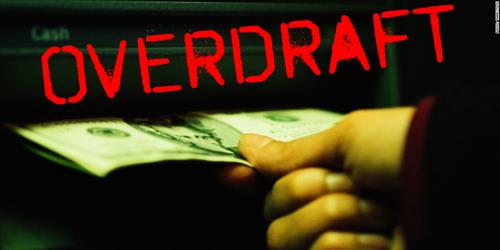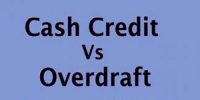Overdraft:
An overdraft allows the individual to continue withdrawing money even if the account has no funds in it or not enough to cover the withdrawal. Sometimes, the bank provides overdraft facilities to its customers through which they are allowed to withdraw more than their deposits. Interest is charged from the customers on the overdrawn amount. It occurs when money is withdrawn from a bank account and the available balance goes below zero. Basically, overdraft means that the bank allows customers to borrow a set amount of money.
Overdrafts occur for a variety of reasons. These may include:
- Intentional loan – The account holder finds themselves short of money and knowingly makes an insufficient-funds debit.
- ATM overdraft – Banks or ATMs may allow cash withdrawals despite insufficient availability of funds.
- Temporary deposit hold – A deposit made to the account can be placed on hold by the bank.
- Unexpected electronic withdrawals – At some point in the past the account holder may have authorized electronic withdrawals by a business
- Merchant error – A merchant may improperly debit a customer’s account due to human error.
- Authorization holds – When a customer makes a purchase using their debit card without using their PIN, the transaction is treated as a credit transaction.
- Returned check deposit – The account holder deposits a cheque or money order and the deposited item is returned due to non-sufficient funds, a closed account.
- Bank error – A cheque debit may post for an improper amount due to human or computer error.
With an overdraft account, your bank covers checks that would otherwise bounce and get returned without payment. If the negative balance exceeds the agreed terms, then additional fees may be charged and higher interest rates may apply.














